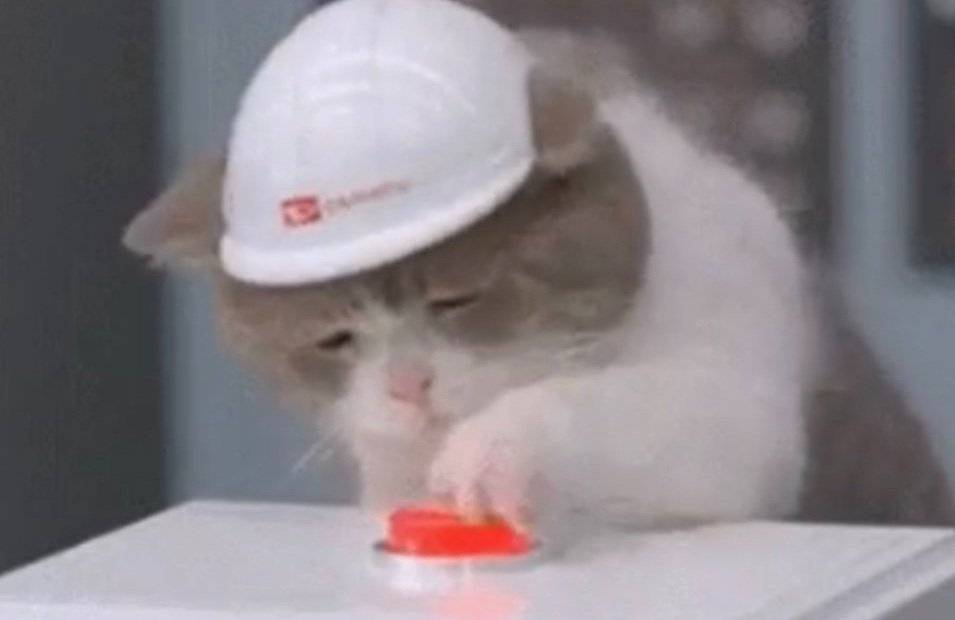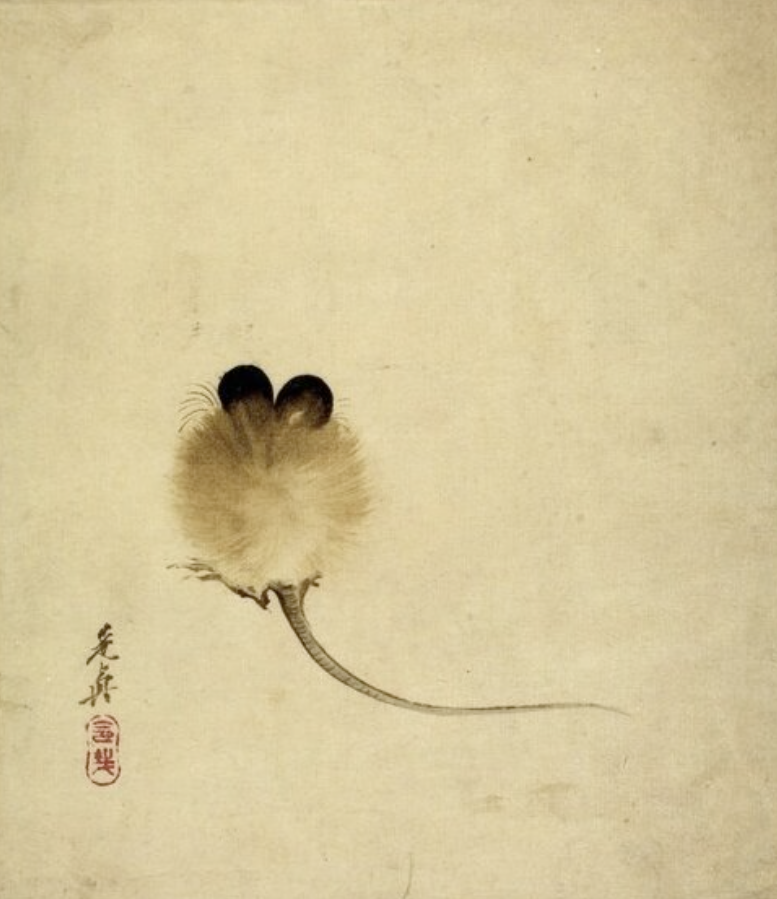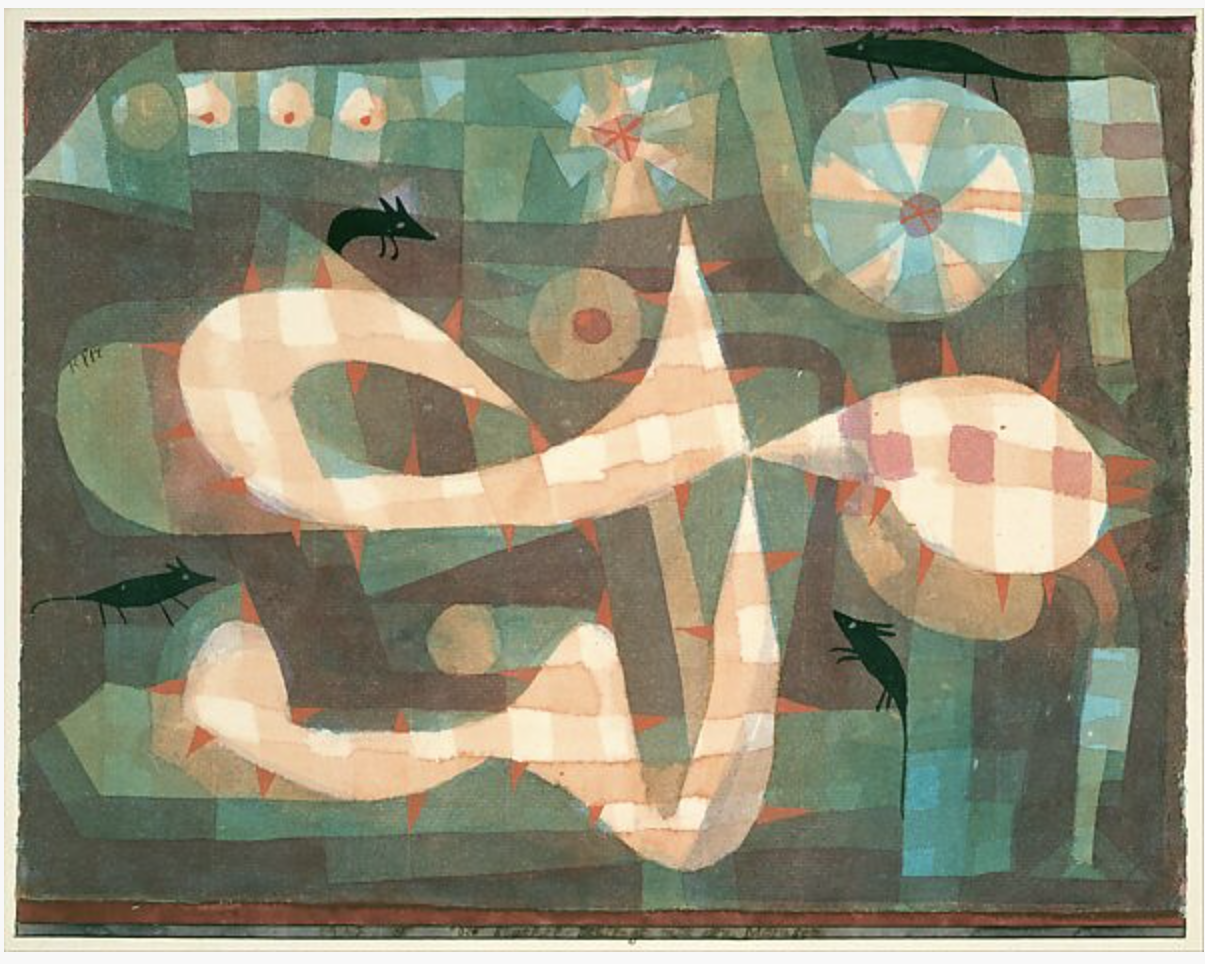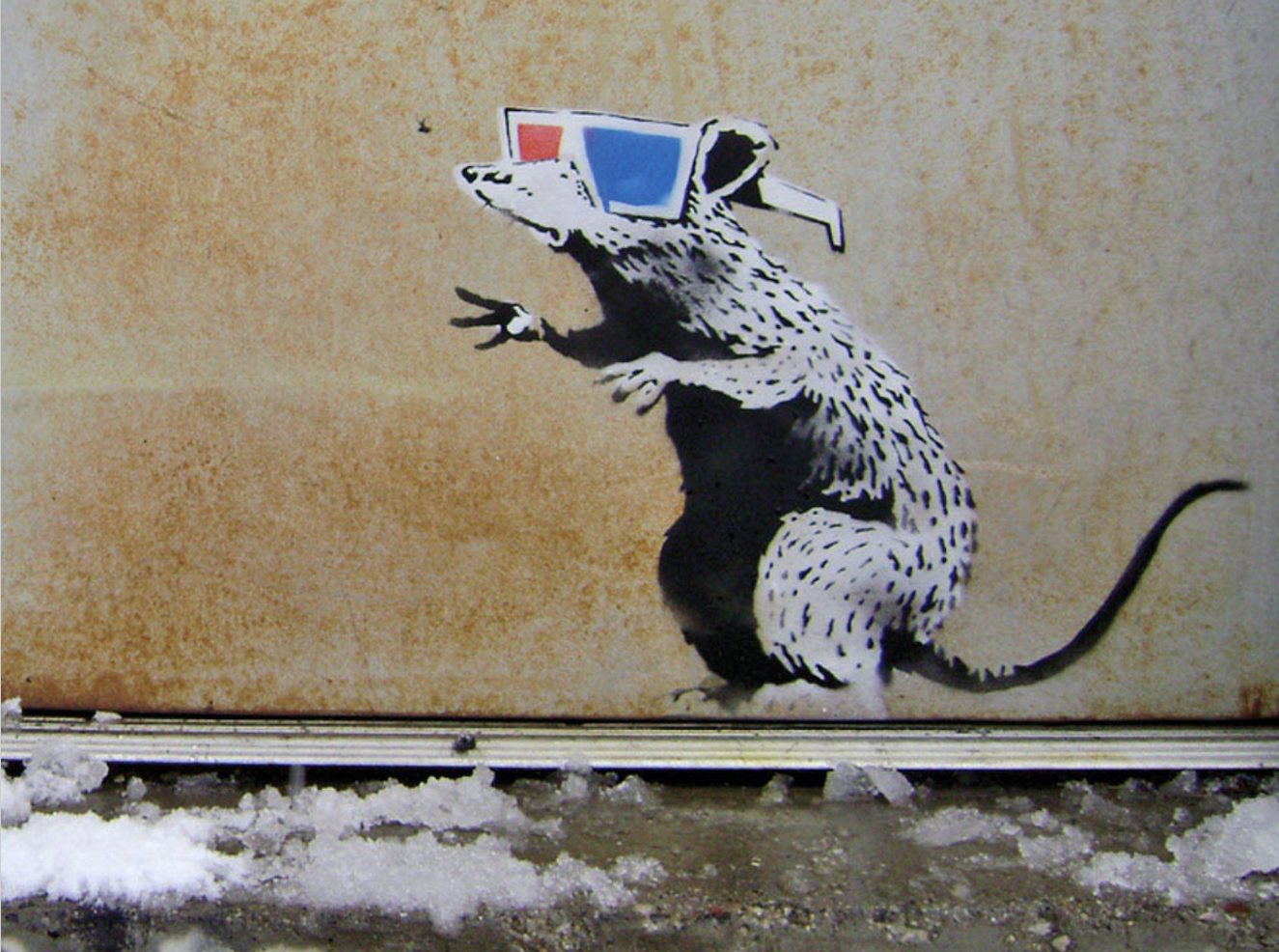8. The Struggle Button
Show Notes
Big 3 Ideas from this episode:
What is the Artist’s Struggle?
Why do our brains keep going back to hit the Struggle Button?
Mindset Shift: What if art (and business) were easy and fun?
EPISODE No. 8
The Struggle Button
RESOURCES:
Read more about The Struggle Button in my blog post on the topic.
Contrafreeloading: https://en.wikipedia.org/wiki/Contrafreeloading#:~:text=Contrafreeloading%20is%20an%20observed%20behavior,by%20animal%20psychologist%20Glen%20Jensen.
-
Episode 8: The Struggle Button
===
[00:00:00] The metaphor mindset is a podcast for artists and creative thinkers, entrepreneurs and leaders who want to explore ideas around creativity and commerce.
[00:00:09] Think like an artist work like a boss.
[00:00:13] And this is episode eight, the Struggle Button.
[00:00:26] Let's talk about the artist's struggle. There's a concept I teach called the Struggle Button. This episode, I'll tell you all about it, and there are also a few paintings and stories about little creatures who have overcome their struggles in order to grow.
[00:00:40] First a story.
[00:00:42] The famous Japanese painter, Sesshu Toyo, is a national treasure in Japan. He was born in 1420.
[00:00:50] When he was a boy in school. He went to a monastery where he was becoming a monk, but he often didn't obey the rules and instead he spent his time painting.
[00:00:59] Does this sound familiar? To a lot of artists, it really hits home.
[00:01:02] So his teacher tied him to a pole and left him there to think about it. After a while, the teacher felt guilty and so he returned to find little Sesshu sniffling and he saw a little mouse at the boy's feet just sitting there looking up at him.
[00:01:17] but when the teacher looked closer, he saw that the boy had merely painted a figure of a mouse in the dust with his tears and his toes.
[00:01:27] The metaphor here for me is that even though we may have struggles and some of our own making artists still innovate and find ways to find their voice.
[00:01:37] I remember a moment more than a year ago when I was talking to some friends, fellow artists about the things we're trying to do, and someone said,
[00:01:44] Why does this have to be so hard? And I thought, that is a great question.
[00:01:50] Why does this have to be so hard? It's art after all. The most fun, beautiful way to spend your time.
[00:01:56] Coaching, mentoring, teaching and learning is all about asking great questions, and often the great questions are the simplest ones.
[00:02:04] Well, I'm gonna give you my theory on this as we go, and I call it the Struggle Button.
[00:02:09] Throughout western culture, there's a trope or an archetype that repeats of the struggling artist, the etymology of the word trope comes from the Greek tropos or turn.
[00:02:20] It's a common figure of speech, a phrase or idea, a type of metaphor that we identify with quickly. Here's some common, often cliche character tropes.
[00:02:29] The wise old woman, the damsel in distress, the chosen one, the girl next door, the femme fatal, the mad scientist, the trusty sidekick. We all know them and we all know this one.
[00:02:42] The starving artist. The starving artist lives in a freezing cold garret, spending money on paint instead of food. This is all so 19th century, so Les Miserables.
[00:02:53] But these stereotypes and attitudes live on and are a part of our culture in so many ways. Movies and TV shows, books and memes. Artists are crazy.
[00:03:03] Artists are bad with money. Artists are bad at business. Artists are flaky.
[00:03:08] We've come a long way in countering these ideas, but one overarching idea is that in order to be an artist, you have to struggle. It's really the mother of them all.
[00:03:22] So why do we use and believe these tropes?
[00:03:25] The main reason our minds love tropes is because our brains don't have to work very hard.
[00:03:30] These stereotypes are easy, grooved patterns in our brains. Stories that we've been told over and over and can easily. But as you know, they can lead to misinformation, persecution, bias, prejudice, self-doubt, insecurity, exclusion, and even violence.
[00:03:51] So again, I ask, what is the artist's struggle?
[00:03:54] The starving artist suggests a physical financial struggle because it may be difficult to be seen to sell work to put yourself out there, but there's also another element of the mental, emotional, creative struggle to learn your craft. Find your voice, bear your soul. Create the work you were really meant to create.
[00:04:14] So for artists, even more than other people, there is a lot at stake here.
[00:04:18] Last week I talked about Edvard Monk painting The Scream. Munch had a vision of this painting in a moment of mental distress, in a moment of natural beauty during a very intense sunset where everything came together in a vision, both heroic, horrific, and breath That is often how it is. We take the good with the bad, the yin with the yang, and this is what creates life's rich pageant.
[00:04:51] We all make art because of how it makes us feel. Joyful, delighted, excited, in the zone. Beautiful, intense, creative, and connected, and yet sometimes it also makes us feel disconnected. Confused, insecure behind untalented.
[00:05:11] But I want to tell you that our art can't really make us feel anything. It's our brain that does that.
[00:05:18] So when I started researching the idea of struggle as a trope, as a stereotype, and a mental state, I asked some of my artist friends what it feels like, and here are some of the answers I got.
[00:05:29] The artist's struggle feels like I'm seeking something, but I don't know where or what it is. I feel like I'm expected to make something amazing and I just can't quite see the vision. I want to share my work, but people don't get me. It feels difficult to find time to create or to create a regular schedule that doesn't feel like running uphill.
[00:05:54] I want to find my voice, but I'm not even sure what that is. I love the art, but hate the business side. And I heard someone say, I hate money. And double down on that, I hate money.
[00:06:05] I have had every single one of these thoughts.
[00:06:10] And as I was looking into the artist's struggle, I happened upon an article about a concept in animal behavior that kind of blew my mind. This isn't a new idea. It's been around for many decades. It's so simple. It's called contrafreeloading.
[00:06:27] Researchers with animal behavior, study animals in captivity. And this test gave me great insight into how we work as humans as well. And it goes like this. Imagine I'm a little mouse in a cage.
[00:06:42] And that smart little mouse is bored and lonely and frustrated, and my captors teach me, or rather, I learn very quickly and I let them pretend to teach me that this little mouse must hit a button to get my lunch.
[00:06:57] I comply immediately. Yes, I'm bored and lonely and frustrated and smart, and I want my lunch.
[00:07:03] So I hit this button and I get a kibble.
[00:07:05] Every animal from pigs to dogs to horses and chimps, rats and rabbits will do this, except cats.
[00:07:13] So there's an example of a trope, the independent cat, and it has so much truth to it.
[00:07:19] So back to the mouse, I'm hitting the button, getting my kibble, and then the mad scientist puts a big bowl of free food into my cage.
[00:07:28] At first, this little mouse is excited by something new. I go and stuff myself at the free bowl. This is abundance and this is everything I always wished for, says the mouse, except freedom, of course, but I keep myself distracted from the longing for freedom by eating all the kibbles.
[00:07:46] And then after a while I go back to the button. This really confuses my captors until they start realizing that my mind is working on another level. They came to the conclusion in the research that the mouse has a little more going on than just the need or desire for food.
[00:08:07] You see, the button gives me three things. One certainty. I know when I push the button, I get the kibble.
[00:08:15] Two, stimulation. I'm bored, so it gives me something to do.
[00:08:19] And three autonomy. I know that I, me this little mouse has control over something in this crazy world of a cage. I work for it and I get something for my work. The Free Bowl does not give me that.
[00:08:34] The free bowl is great, but also big, overwhelming new. The food may not be as good. It may not last. It confuses me. I don't have to work for it, so it doesn't give me any autonomy, or much stimulation. After a while, I'm back to being both overstimulated and bored, lonely and confused.
[00:08:54] At least with the button.
[00:08:55]
[00:08:56] I have a routine, so now I'm actually doing something and I have the certainty of getting reliable source of food, so I go back to the button.
[00:09:04] So how does this apply to the artist's struggle? Are we like mice in cages?
[00:09:09] I've included a few paintings in the show notes by Sesshu Toyo,
[00:09:15] as well as a delightful little mouse painting by Shibata Zeshin, who lived from 1807 to 1891.
[00:09:23] And an amusing and somewhat disturbing abstract painting by Paul Klee of a little mouse in a maze. Sometimes we feel like that.
[00:09:32] When we think the thought art is easy, it just flows. People are throwing money at me. Everything I make is fantastic. Then it feels a little like the mouse felt overwhelming, untrue, I didn't work for this. We feel overstimulated and confused.
[00:09:49] So this is how it is with any ongoing thought pattern, we struggle with.
[00:09:53] Number one, certainty. We're just used to our problems. We know what we will get when we push that Struggle Button more struggle with the same ideas going around and around.
[00:10:04] We spin inside our minds like a mouse running on a little wheel.
[00:10:08] There's uncertainty, but there's also a certain comfort in that.
[00:10:11] When we spin, we don't have to take on the responsibility of that huge free abundant bowl of creative energy. It feels like too much.
[00:10:21] Number two, stimulation. We love patterns, especially as artists, so these grooves we scratch into our brains, such as sticking to a routine, painting the same kind of paintings because they are safe.
[00:10:33] Have the dual purpose of both keeping us stimulated, just up to a point and keeping us safe from having to experiment and fail too much.
[00:10:43] And number three, autonomy. The artist struggle feels real. We say to ourself, I'm struggling to find my voice, to make this work, to keep a schedule in the studio.
[00:10:54] I'm struggling, so I must be an artist. I'm autonomous. I am unique. I'm doing the work that artists do.
[00:11:02] So if you find yourself going back to the same things, the same struggles over and over, you are not alone. This is one of the most human characteristics, it happens because this is how your brain works.
[00:11:16] We need stimulation, a feeling of autonomy, and certainty. This feeling of safety feels great, and that is what the Stuggle Button gives us.
[00:11:27] Stimulation, autonomy, and certainty. So how do we break out of our cages? How do we struggle less and take advantage of the free flowing creative energy and money all around us more often?
[00:11:40] This is the crux, and I have three ideas.
[00:11:44] First, awareness. It helps to just be aware of this process.
[00:11:48] When you have a practice of doing thought work. And by that I mean actively looking at your thoughts on a regular basis, whether this is in your journal, meditation with a mentor or coach, or teacher, or even a friend, it is so helpful because even as we learn more about how our thoughts work, there's always more to learn in every area of our lives.
[00:12:12] So first awareness.
[00:12:14] The second way to break the Struggle Button Cycle is alignment. Once you are aware of what you're thinking and what the Struggle Button is doing to you , and you just keep pushing it, then it helps to have ways to align those thoughts with your future goals and vision.
[00:12:32] Again, put on your Leader Hat from episode six and make a decision to break out of your patterns, out of your cages by also deciding what the new pattern can be.
[00:12:43] Sometimes we need a bridge to the free bowl. It may be too much to think, oh, I will be a famous artist and a millionaire next week.
[00:12:52] But to have a plan, make decisions, and start the journey with intention towards a thought like I am the best person to discover my own artistic voice, and I am on the right path. I can create a thriving, sustainable business.
[00:13:07] That's a thought to start working towards. That is helpful.
[00:13:10] And number three, accountability. When you have a partner, a group, a friend that you can say, how is that website coming along? Or did you contact that gallery like you wanted to? or tell me about your creative voice.
[00:13:24] This is what humans and many animals do best, work together. And this is why the cruelty of being a little mouse inside that cage of our mind alone isn't serving me. I need to innovate. I need to crawl through those bars chew a hole in the door and break free, so I can be aware of when I'm hitting the Struggle Button unnecessarily.
[00:13:45] Align my new thought patterns with my new vision for myself, and find ways to keep myself accountable and not be overwhelmed by that free bowl. Granted, sometimes the Struggle Button serves us. We get our lunch and we get that feeling of certainty, stimulation, and autonomy.
[00:14:02] But the more we can break patterns, be uncomfortable enough to partake in the free flowing abundance of the world without regret, without apology,
[00:14:12] the more we can expand our creativity beyond what we're doing now into what we never thought possible.
[00:14:18] And yes, that can be scary, but this little mouse can attest that the taste of freedom is sweet. Thanks everyone and have a courageously creative week.
[00:14:29] If you're an artist who wants to sell and market your work more effectively, join us in the metaphor mindset studio, an online program for artists who want to love their business as much as they love their art
[00:14:49] Metaphor Mindset Studio. Think like an artist work like a boss.







